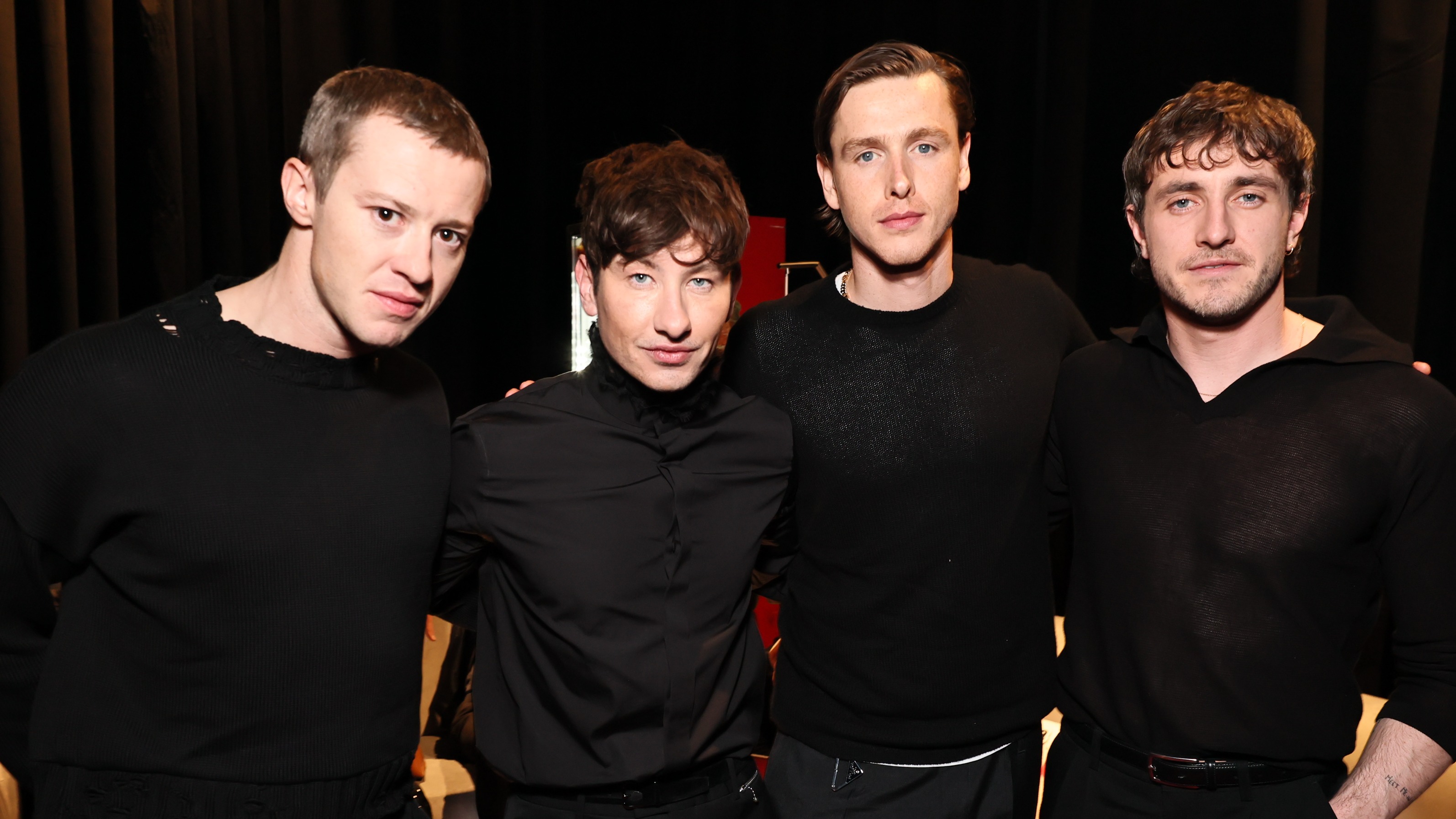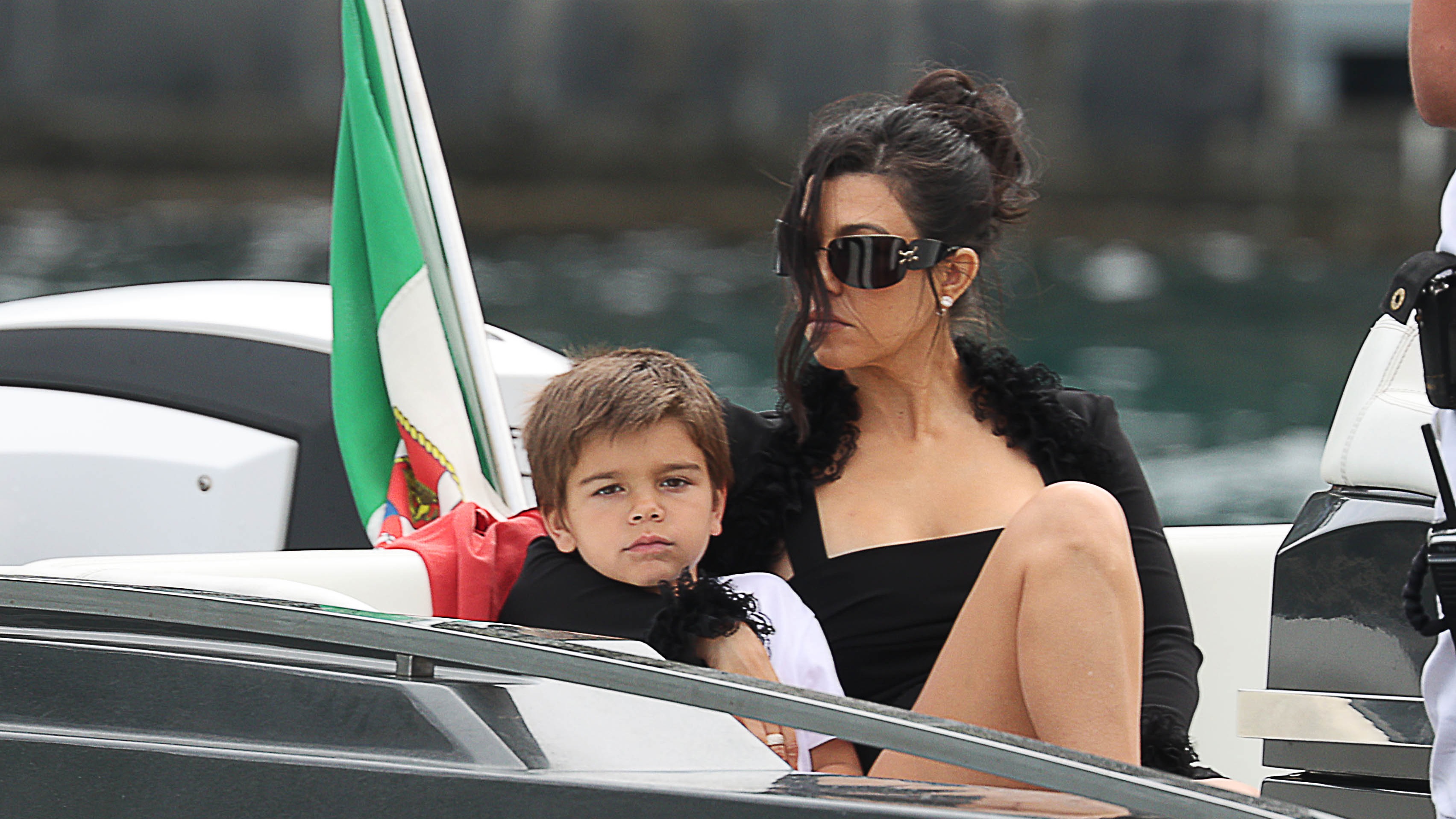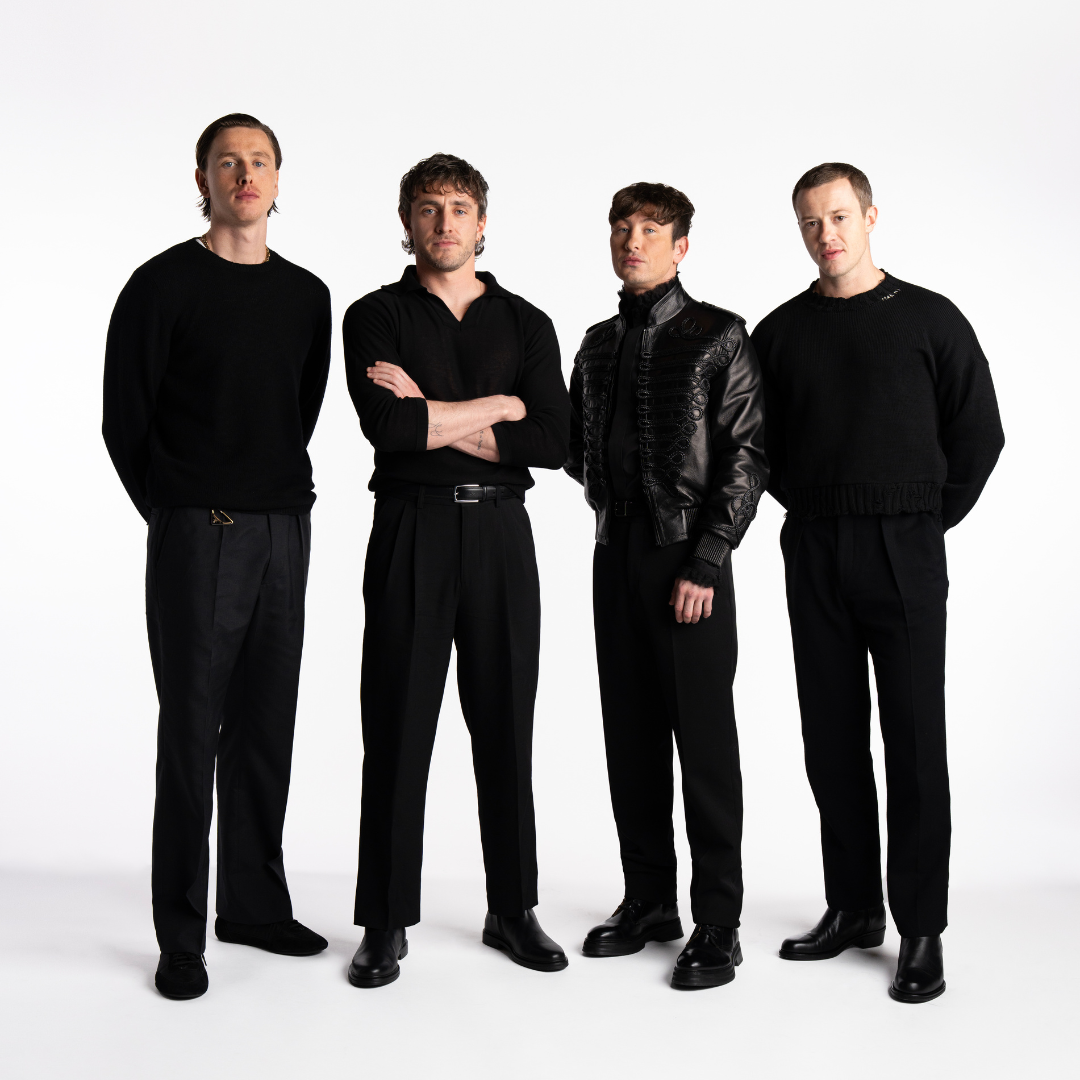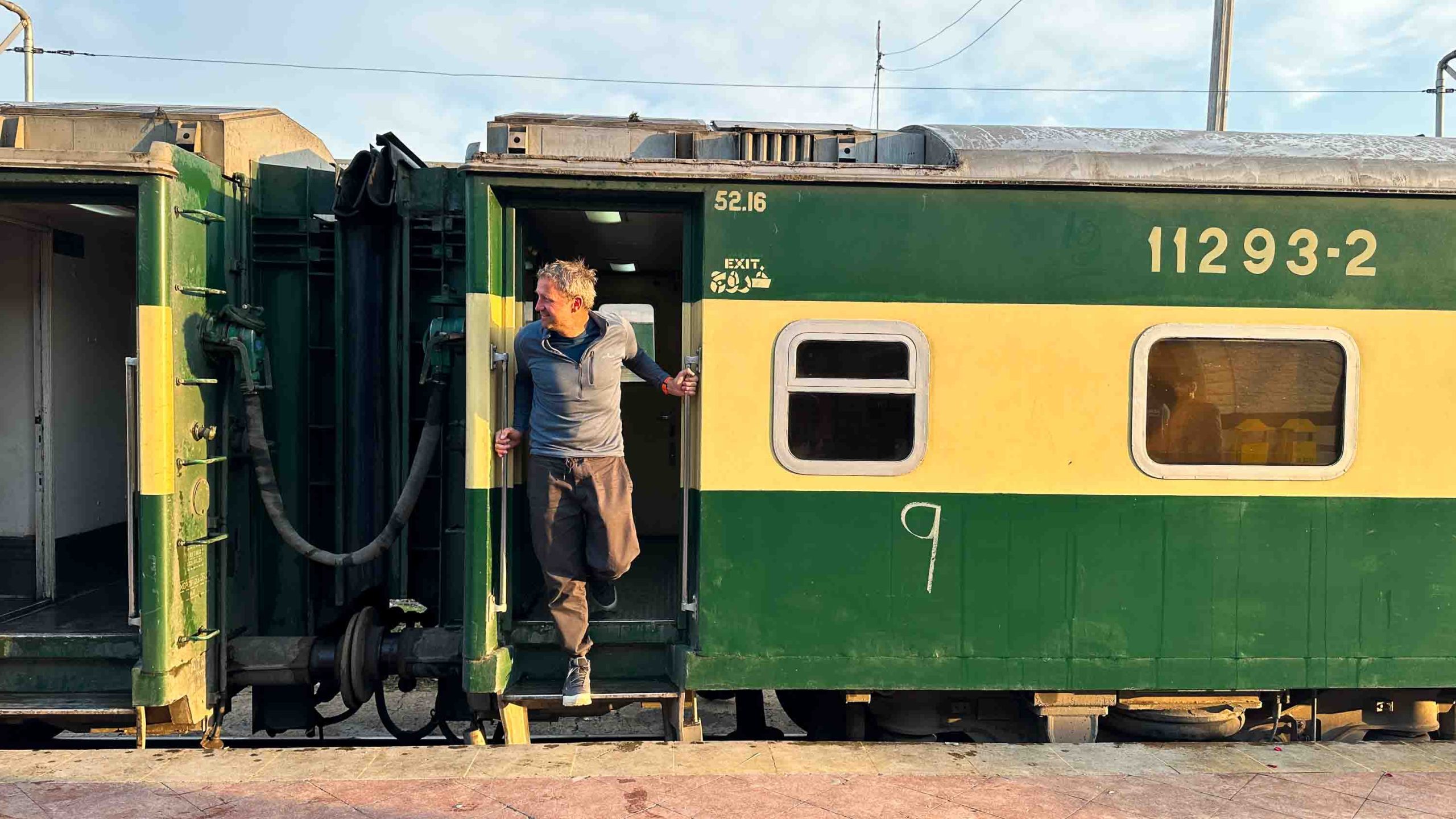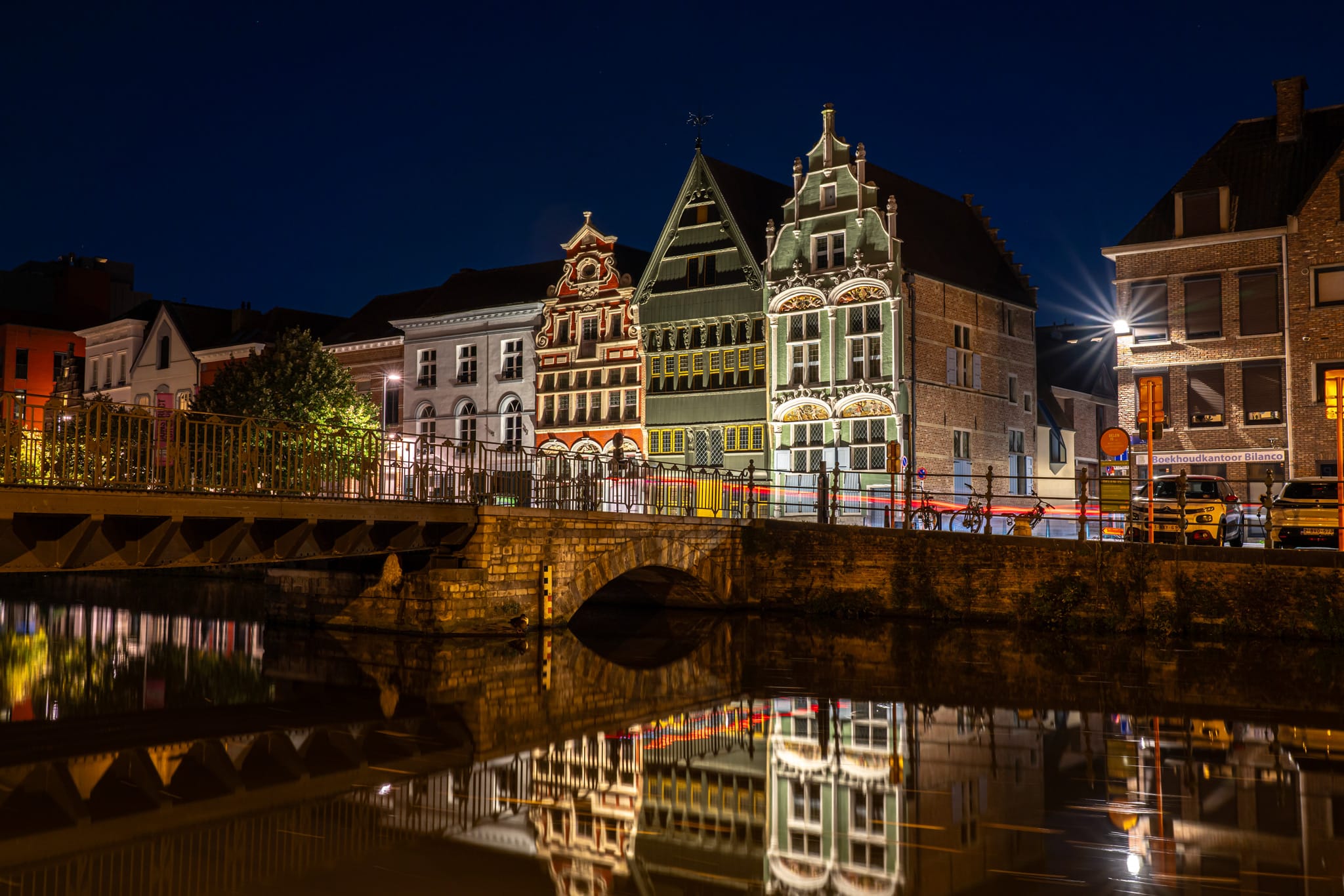Assassin’s Creed Shadows is a slasher movie — and you’re the killer
The trailers for Assassin’s Creed Shadows teased elder millennial fans (read: me) who’ve stuck with the franchise for decades, yearning for a return to the original recipe. Ninja. Sharp blades. Stealth kills. Would our patience finally be rewarded? Fifteen hours in, I’ve been granted a wish from a cursed monkey’s paw. Yes, Shadows revives the […]


The trailers for Assassin’s Creed Shadows teased elder millennial fans (read: me) who’ve stuck with the franchise for decades, yearning for a return to the original recipe. Ninja. Sharp blades. Stealth kills. Would our patience finally be rewarded?
Fifteen hours in, I’ve been granted a wish from a cursed monkey’s paw. Yes, Shadows revives the iconic assassination simulator of 2007. But the amenities of modern gaming — lifelike graphics, semi-permanent gore, an abundance of murder-ready gizmos — have twisted the game into something else too: a slasher movie in which you’re the killer.
In 2007, the franchise debuted as a stealth game in which a blade to the esophagus produced the intended result: instant death. Altaïr parkoured through 12-Century Jerusalem, performing recon from the shadows and dispatching Templar Knights with sharp steel. If you looked past the Holy Land setting, AC played like the ninja games children of the ’80s had “designed” in the back pages of their junior high notebooks.

Fans assumed Ubisoft would eventually set their ninja game in an actual ninja setting. Well, maybe after the one set in Renaissance Italy. Or colonial America. Or revolutionary France. Or London during the Industrial Revolution. And as all those other Assassin’s Creed games came out, times changed, and so did players’ tastes. For the past decade, the series has leapt through genres, such as with a trio of action RPGs in which the protagonist stomps into battle like an Avenger — armed with a glowing trident and the literal power of the gods. Stealth? Optional.
But early in Shadows’ marathon press cycle, Ubisoft’s marketers made a promise: Players would once again be able to scope a target, case a fort, and sneak between towers before leaping from the rafters like an Olympic diver with a Bowie knife. The game’s designers cleverly split the franchise’s two dominant styles between dual protagonists. For fans of the superhero era, there’s Yasuke — a walking tank who punches holes through enemy lines. And then there’s Naoe, our new Altaïr, this time an actual ninja.
After a brief intro with Yasuke, you spend hours in Naoe’s shoes. And while not every enemy dies from a single neck stab, most do. And so do the people not carrying swords or halberds. The game is littered not only with armed soldiers, but also unarmored attendants who serve as breathing alarm systems. They can’t fight, but they will snitch — so what are you supposed to do? You’re a hammer, and everyone’s a nail.

In the original AC, the line between combatants and civilians was clearly defined. The first game used its lore as an excuse to prevent players from killing random civilians, citing any unendorsed killing as a disruption of pre-written history. In Shadows, the distinction is murkier. And the kills, messier.
Early in my adventure, I came across a sprawling castle compound, home to dozens of people — from gaudily dressed lieutenants to men and women who, as best I could tell, were simply responsible for keeping the place spotless. Using my ability to see through walls, I meticulously marked everyone with a pulse. Then I marked every treasure box. Unfortunately, the living often stood between me and the loot.
By the time I reached the central tower, I had killed no fewer than 30 people. With nobody left to clean up, the gallons of blood would have plenty of time to settle into the tatami. It was around this point, as I descended the tower, that I realized who I was in this game: Jason. The Baba Yaga. The Lone Wolf — minus the Cub or any moral center.

I entered through a roof hatch, knowing my victims had no escape. The ground-level exit was locked with a key tucked in the head guard’s pocket. Most of my targets never saw me coming, but as I reached the heart of the tower, I made a mistake, stepping on the nightingale floors. The high-pitched chirp of the wood alerted a trio of attendants. Their heads lifted like gazelles hearing the purr of a lion in the tall grass.
There’s a ghastliness to all this gutting. Swords prune heads from bodies, like roses from their stems. Blood doesn’t seep, but sprays. For the squeamish, a gore toggle in the game’s settings allows the delimbing and splattering to be flipped off, like shutting the spigot on the sprinkler possessed by the antichrist.
And yet, if I’m honest, it’s growing on me — the villainy of it all. The story does its damnedest to justify Naoe’s trail of viscera, but there’s a perverse honesty to the game with the narrative stripped away. What is a power fantasy if not the fantasy of being an unstoppable force — the kind who enters a crowded room knowing you’ll be the only one to leave it?

You are inevitable. And what pop culture figure embodies that inevitability better than the slasher? Run up the stairs. Climb out the window. Call for help. It doesn’t matter. They’ll get you. If not in this movie, then in the sequel.
I guess this is what I always wanted — not as an adult playing the original Assassin’s Creed, but as a kid imagining my dream ninja game in the back of my English class notebook. One ninja standing atop a maze of devastation. Though it was easier to enjoy when it didn’t look, well, real.






































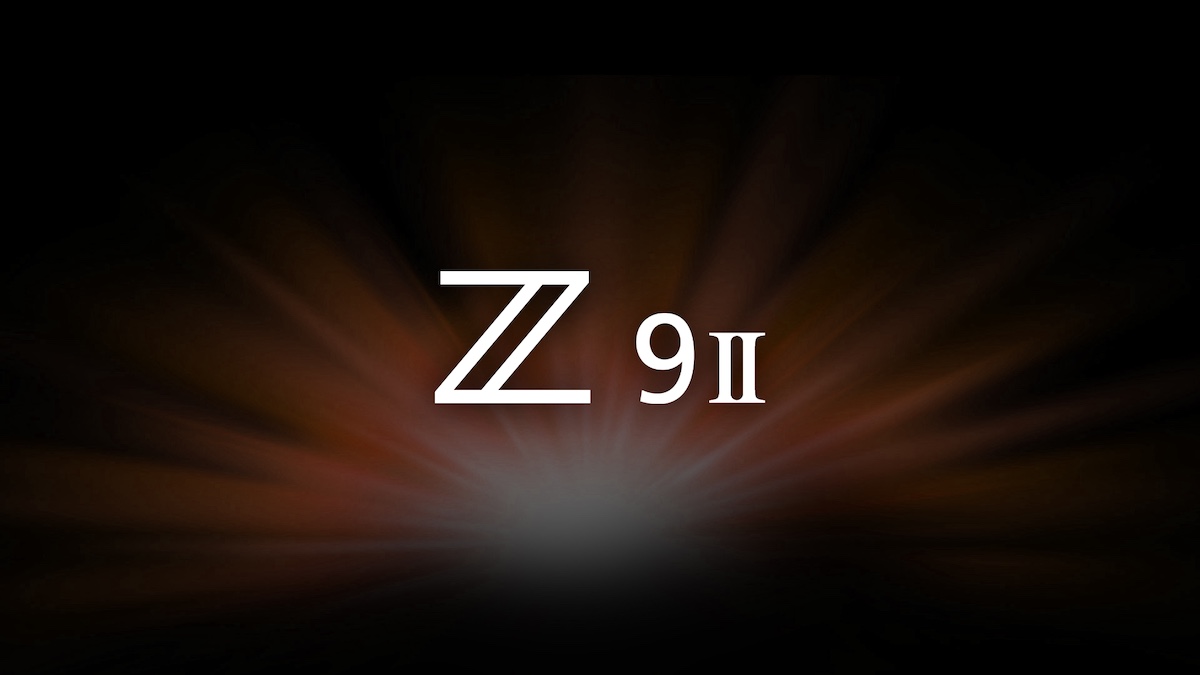
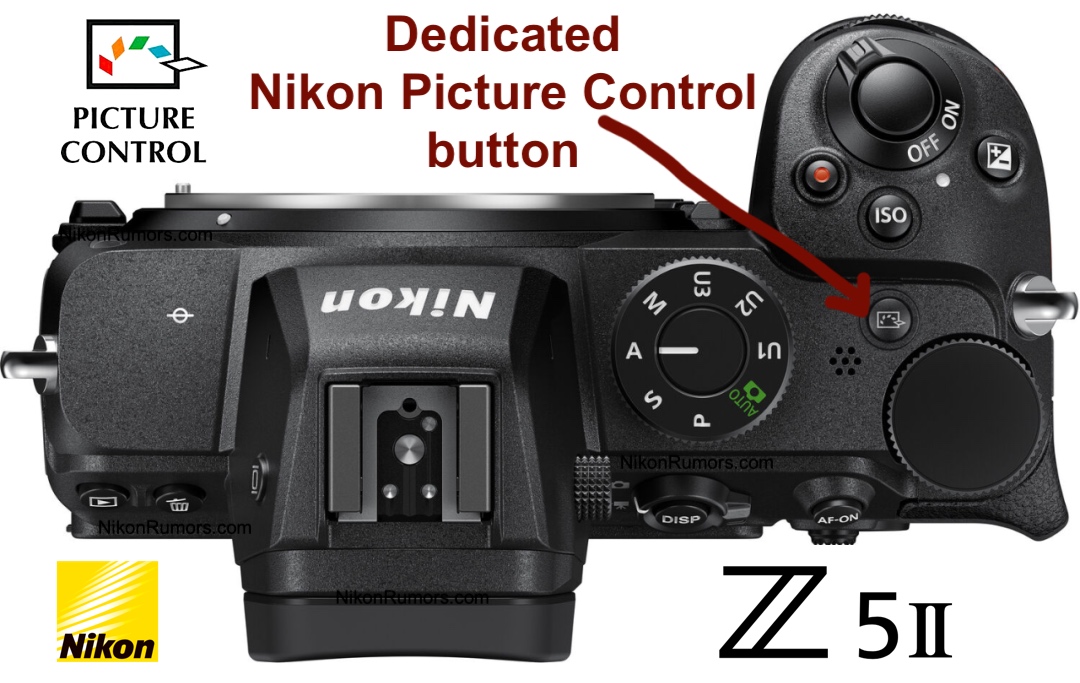






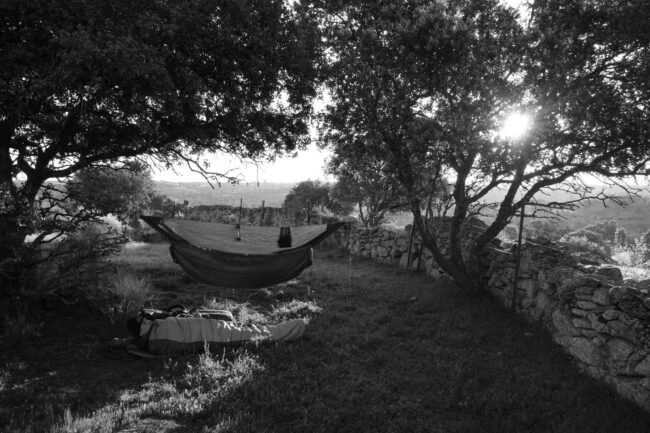



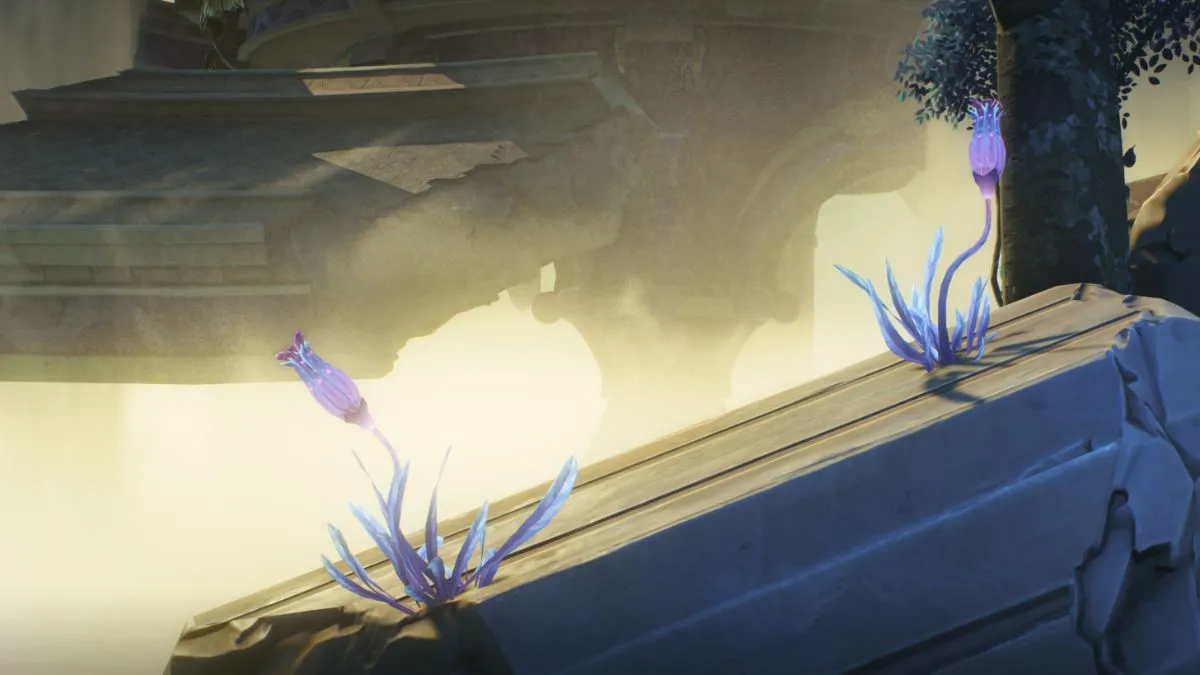
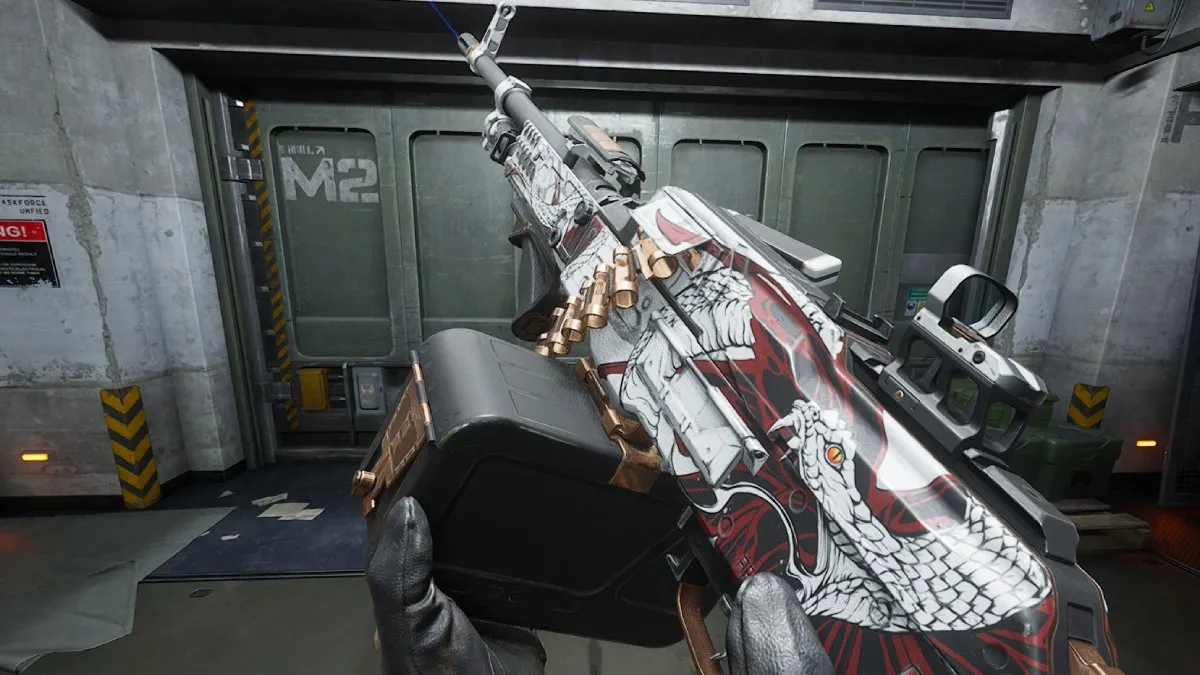
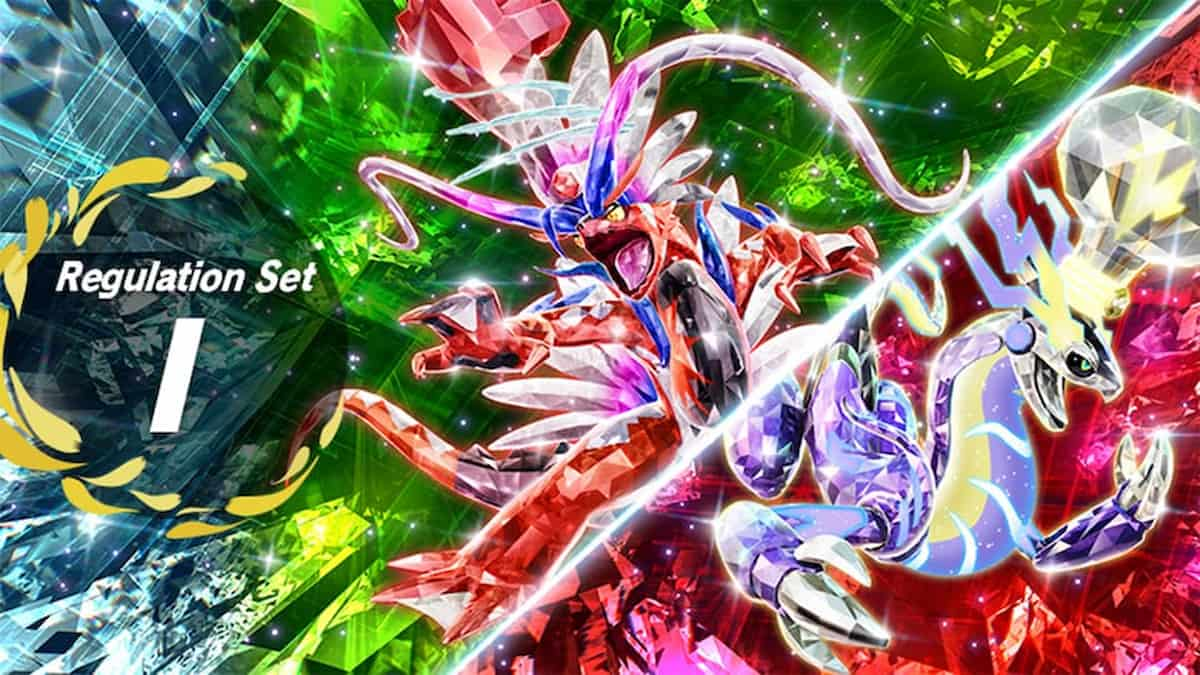
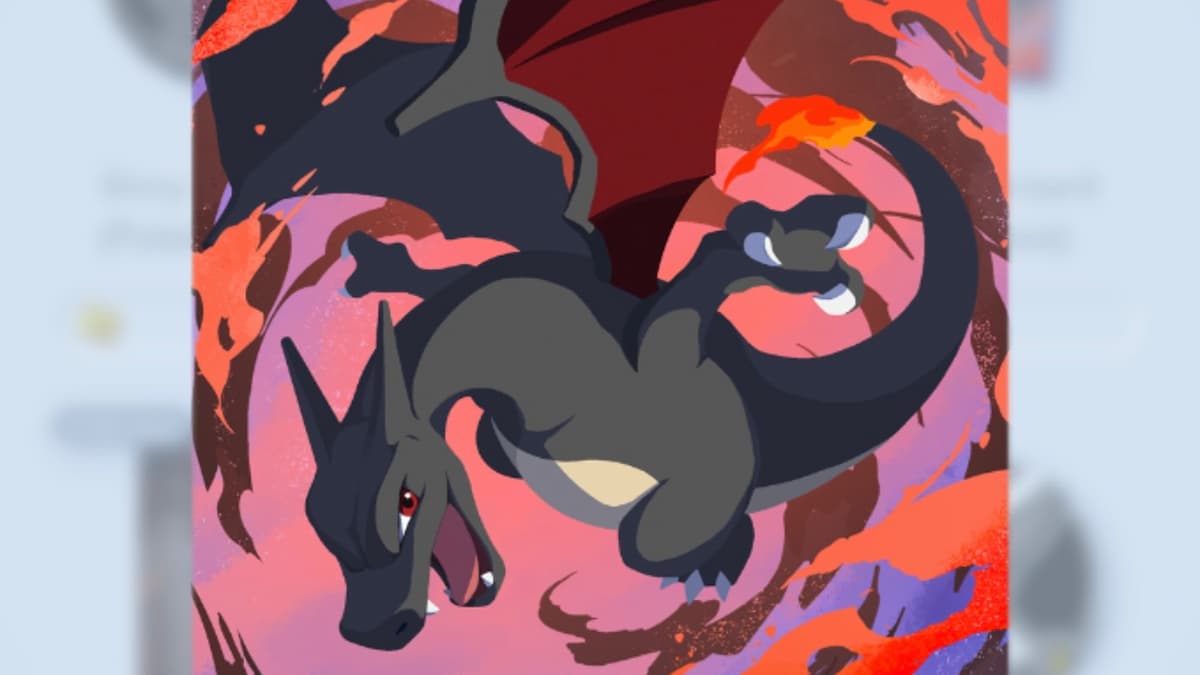

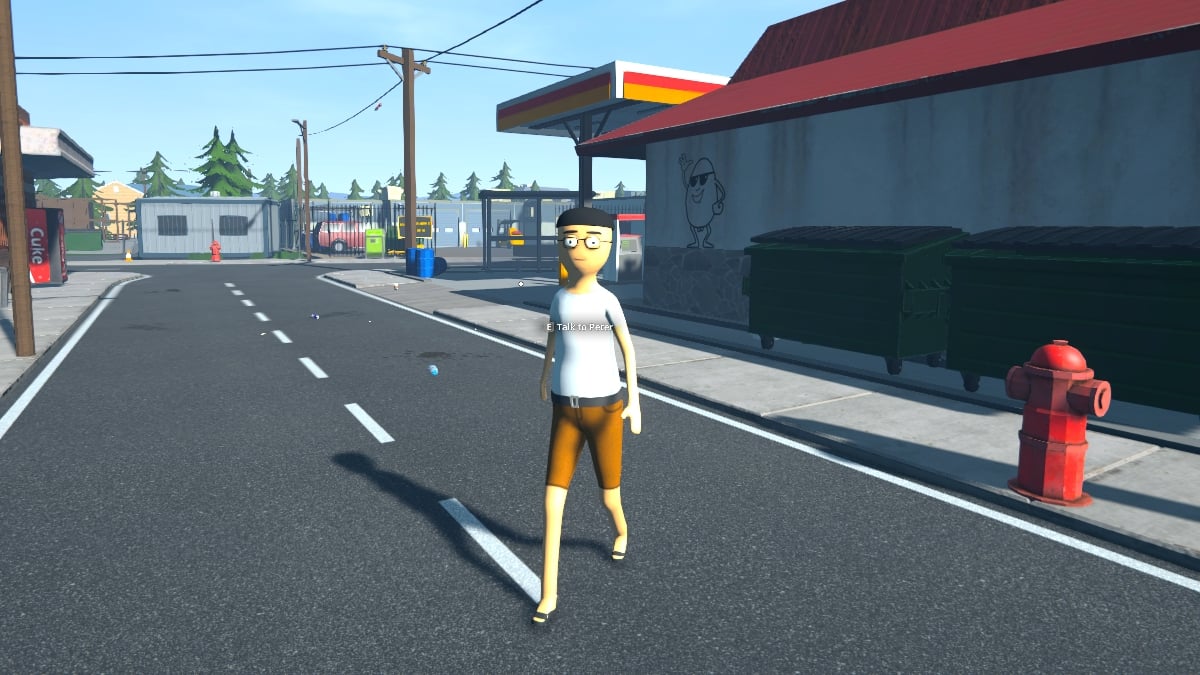
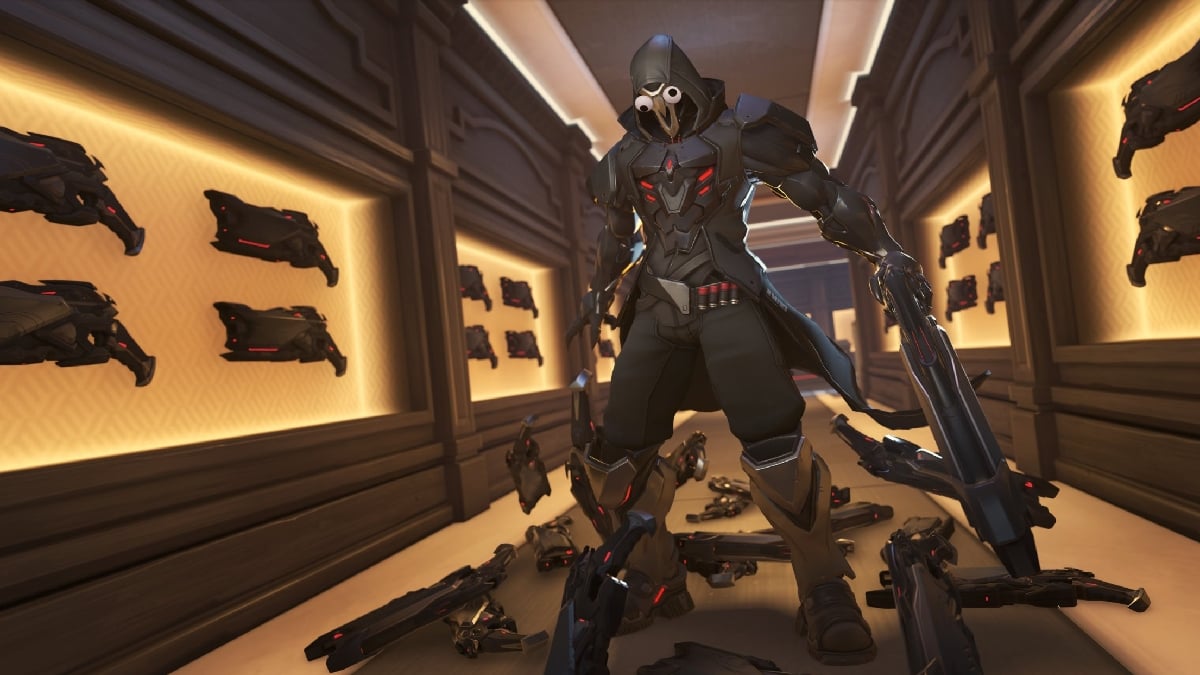
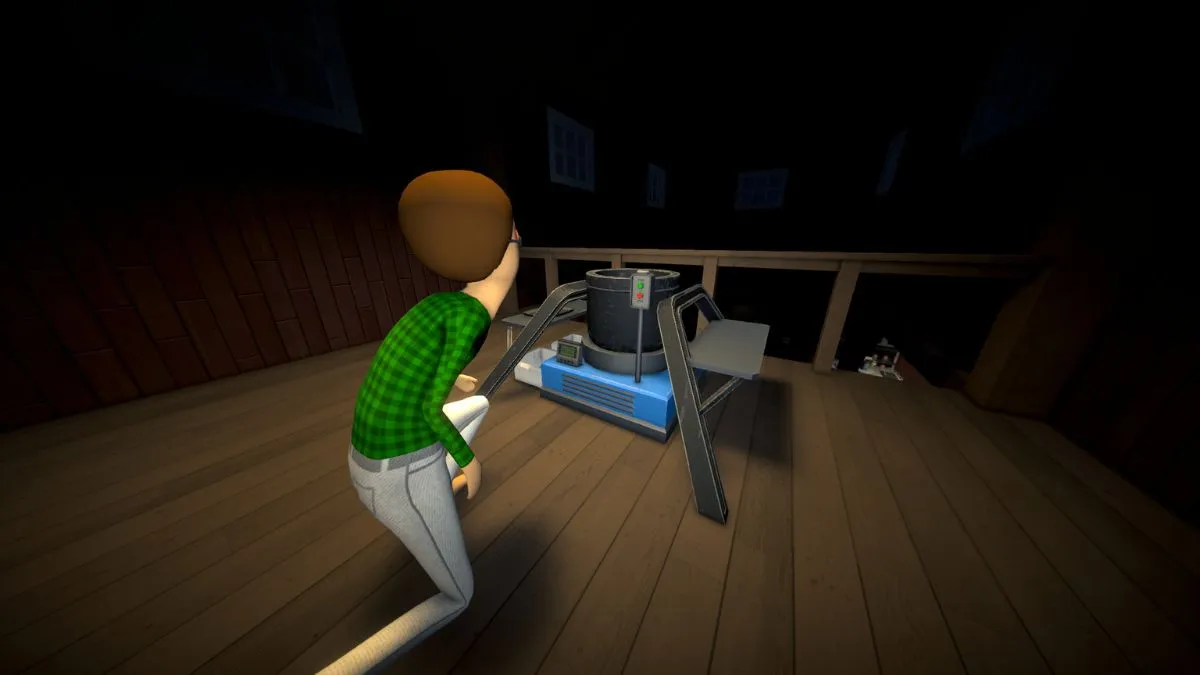






![Spirit CEO: "[m0NESY] is an incredible player and I’d love to work with him, but right now we have someone just as good"](https://img-cdn.hltv.org/gallerypicture/wMemh1NUMeyhdnS2OiK0MQ.jpg?auto=compress&ixlib=java-2.1.0&m=/m.png&mw=107&mx=20&my=473&q=75&w=800&s=8cac8af50bb8fc83d0314e59a6cb6f2f#)













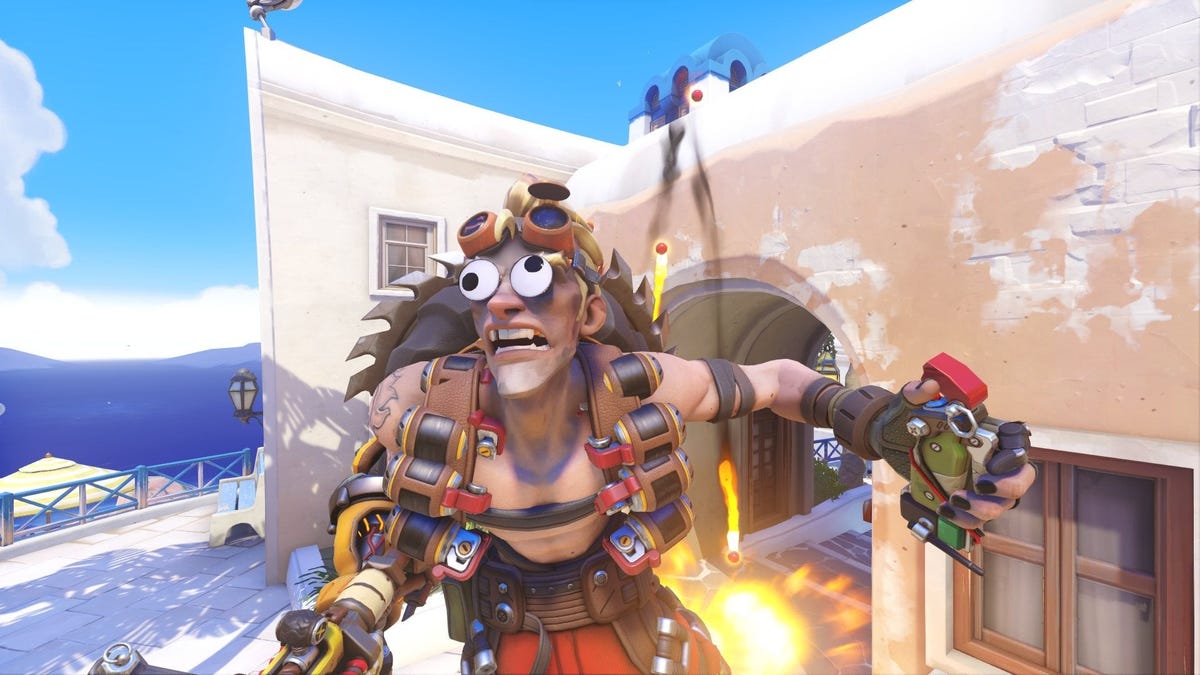

































































































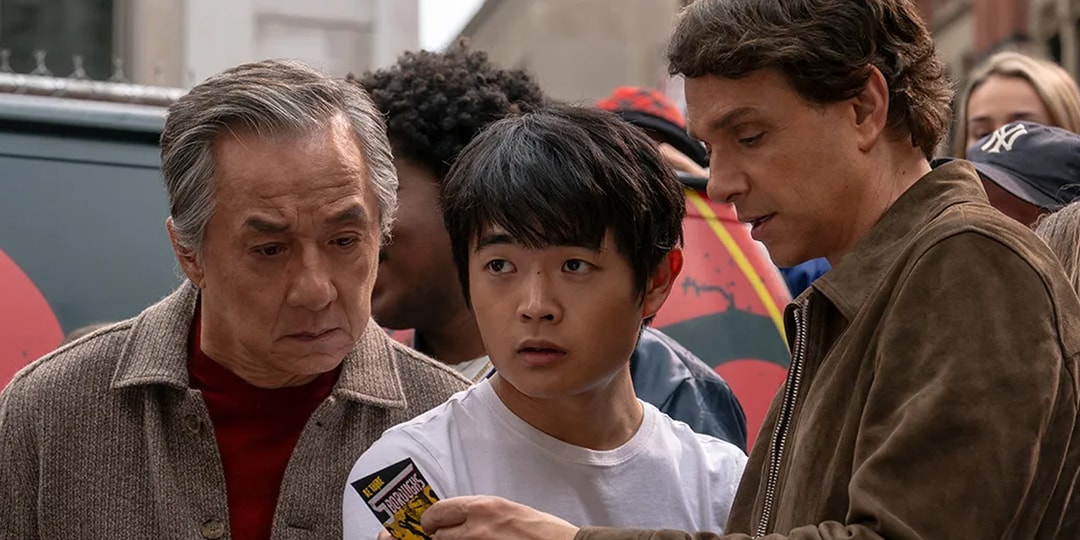








.jpg)




